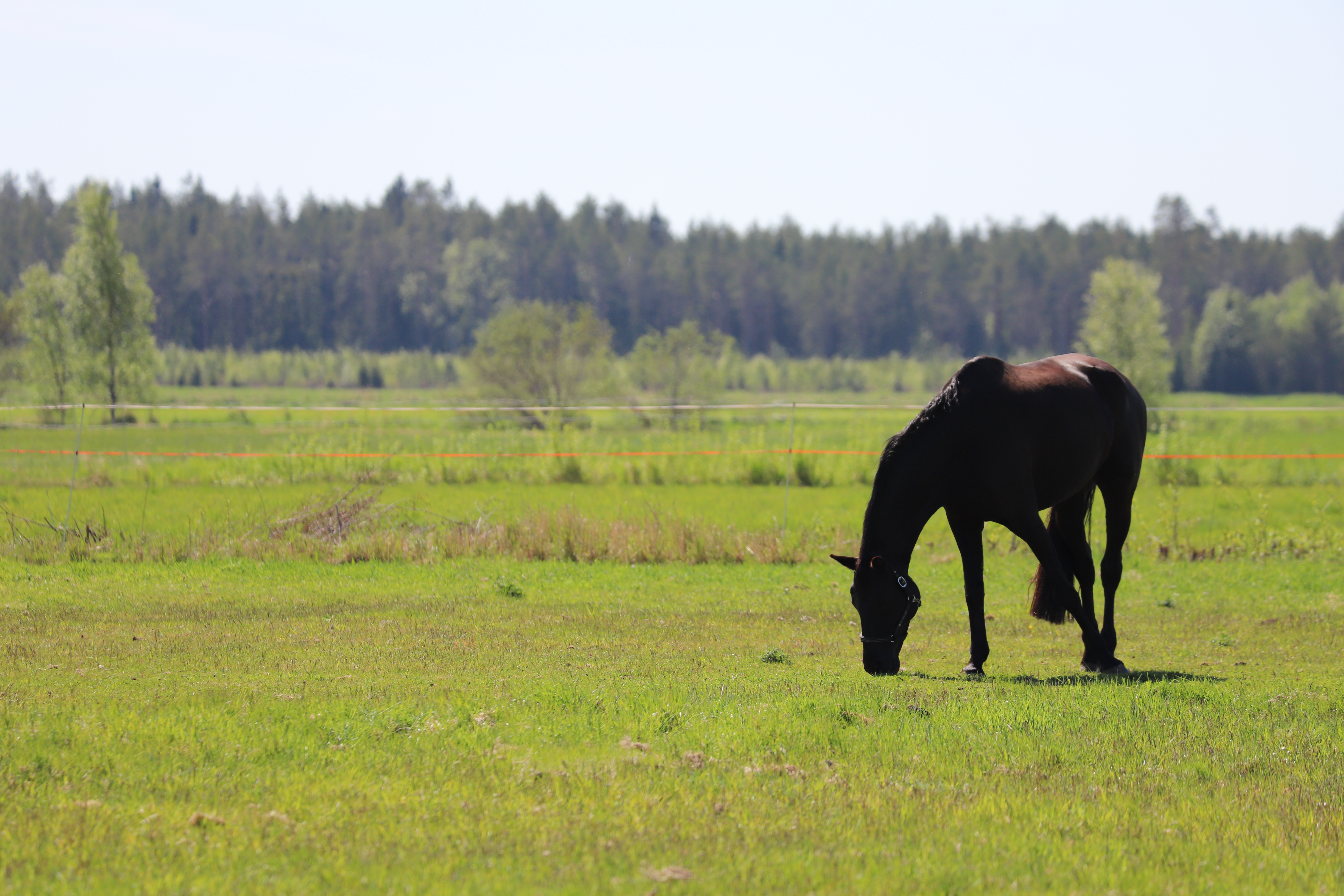Kvikantin Hoivakoti
As soon as we get out of the car at Mats’ and Annika's stable in Kvikant, we feel it: peace and quiet. The clients have gone for the day. It was only the second day that the clients were back at the stable after the spring restrictions and isolation. Mats and Annika are waiting for us to show us around the farm. The horses are grazing in their pastures, the stable is empty. The summer is at its most beautiful right now. The gable on the riding arena has a new nesting box; a nesting box for kestrels. Nature is close.
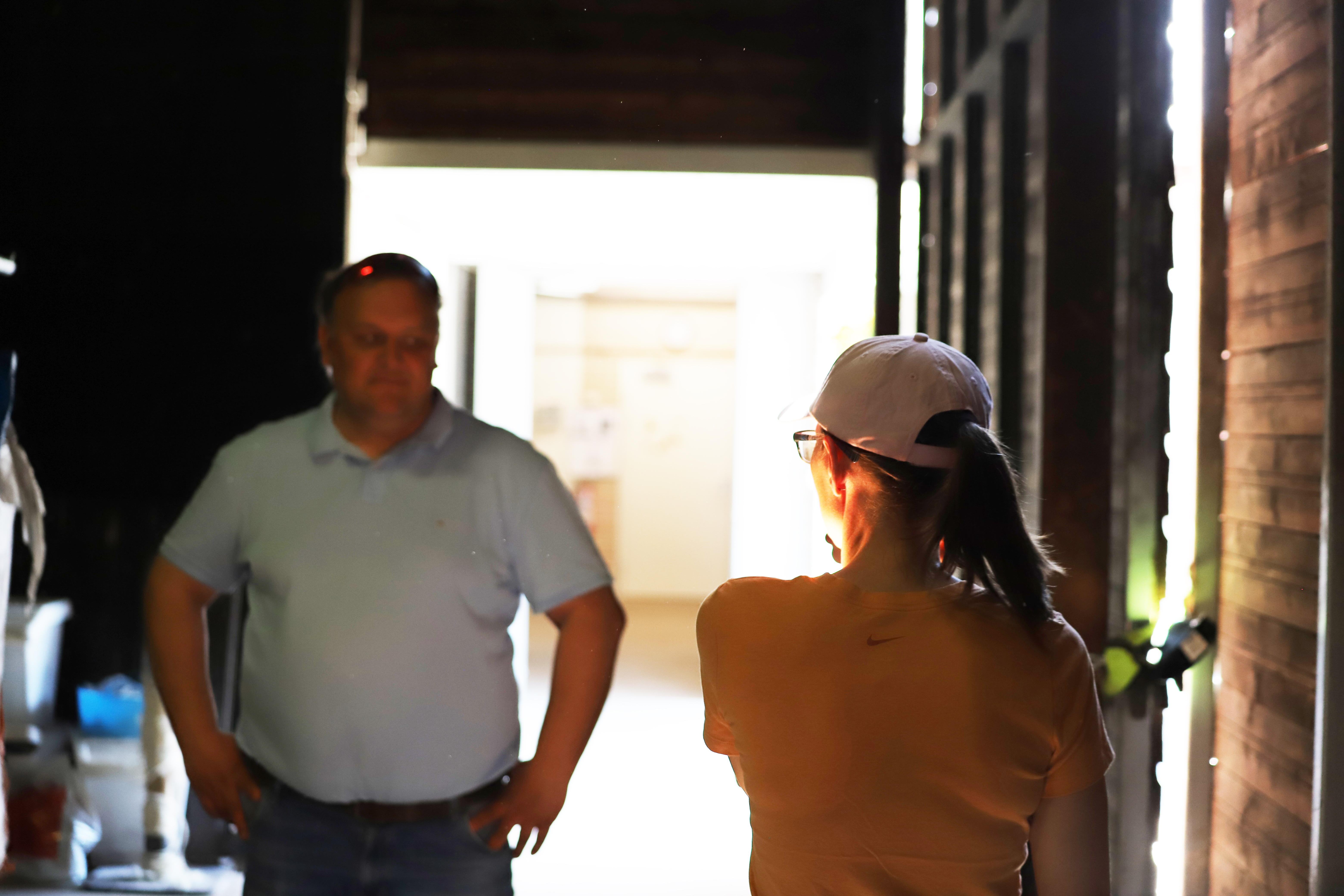
The farm has 13 horses and three cats. Seven of the horses are their own, the others are livery horses. “In 2005 we moved here and started the stable,” says Mats, “we carried out the usual stable activities, had a riding school for a couple of years and full-livery facilities. A few years ago, we thought that we would try something different. We thought about whether we should close or just keep our own horses. Then a friend of ours who had horses here before told me about Green Care, because she worked in administration in the hospital district. She told us that the hospital district was going to start implementing Green Care, so we checked it out”. Mats and Annika checked out a farm offering similar activities and also looked into the Green Arena business in Sweden, and then the idea was born to focus on the same business. “And it was a good thing I called the hospital district and told them that we were thinking about a business like this, asked if they were interested”, laughs Mats. “The contact at the hospital district made it immediately clear they were on board. I did not know then that they were in the process of starting a Green Care project. I thought this is easy, and I'll be a salesman!” After this start, Mats and Annika quite quickly sought and obtained a permit from the Regional Administrative Board. It was then the work of a moment to get the business up and running. in 2018, they started working with clients.
The hospital district has a project employee who has previously worked on day-to-day activities for people with disabilities. She recruited clients and asked who would be interested in working at the stable in Kvikant. The working day runs from 9:00 in the morning until 13:00 in the afternoon. In the morning, the day starts with morning coffee and lunch is included in the working time. “The working hours are not long but long enough for most people,” says Mats, “some days are shorter than others. On Wednesdays we work until 14:00”. The clients are at the stable all week. There are some who work five days a week and some who work one day a week. “Most people start off one day a week and they see if they want to increase their days”, says Mats, “95% of those who start progress on.”
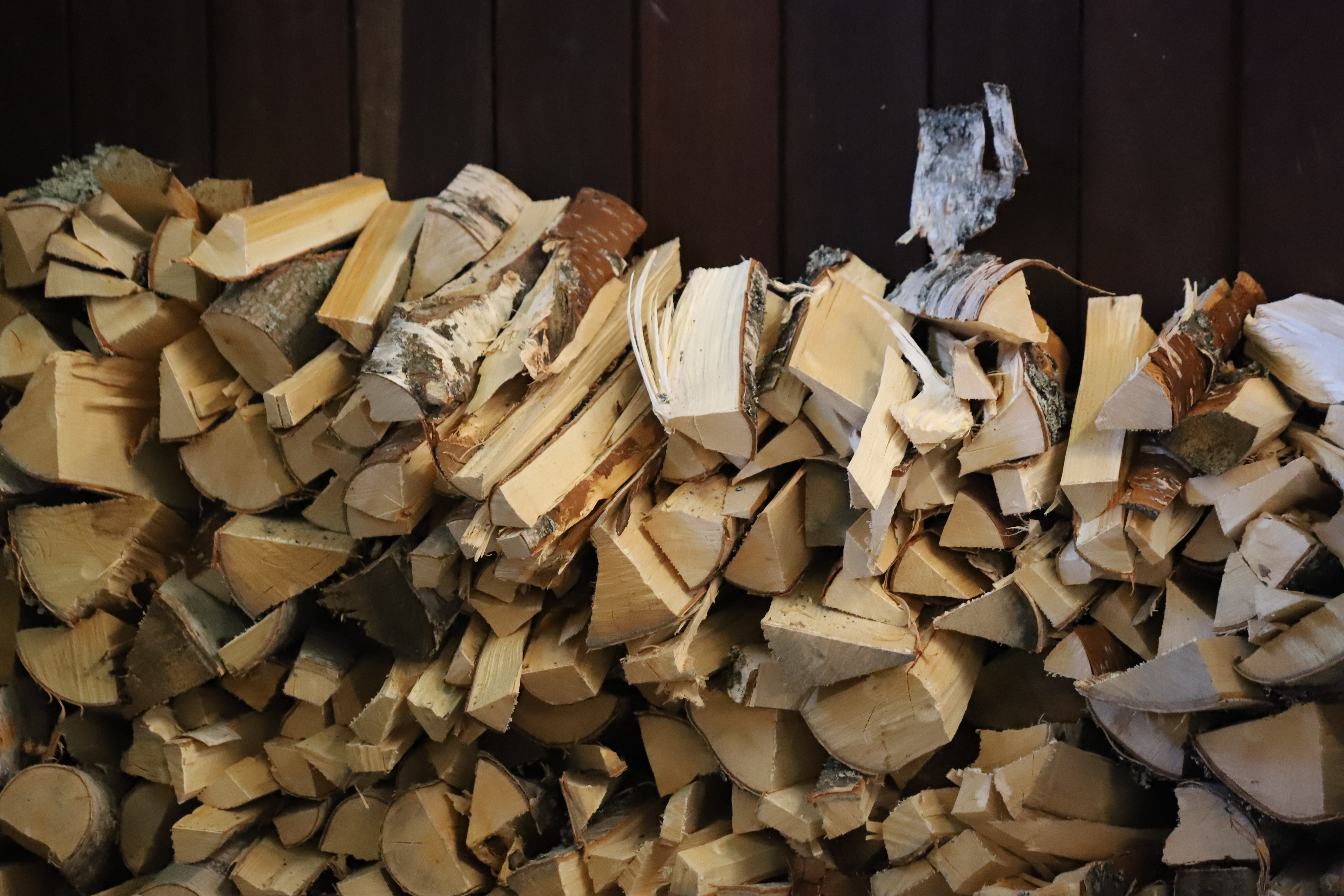
What do the clients do then? For example, they clean feeding troughs and water the horses. “At the beginning, we didn't know how to structure the business. We were thinking maybe it would be more about caring for the horses. But actually, not everyone is very interested in that”, says Mats. “Our most popular task is chopping wood. It was only a temporary task at first, but so many people liked it, we now have a wood station! There are jobs for lots of people. This is how you can weigh hay for the horses in bags. There are scales on the wall. That is also popular'.
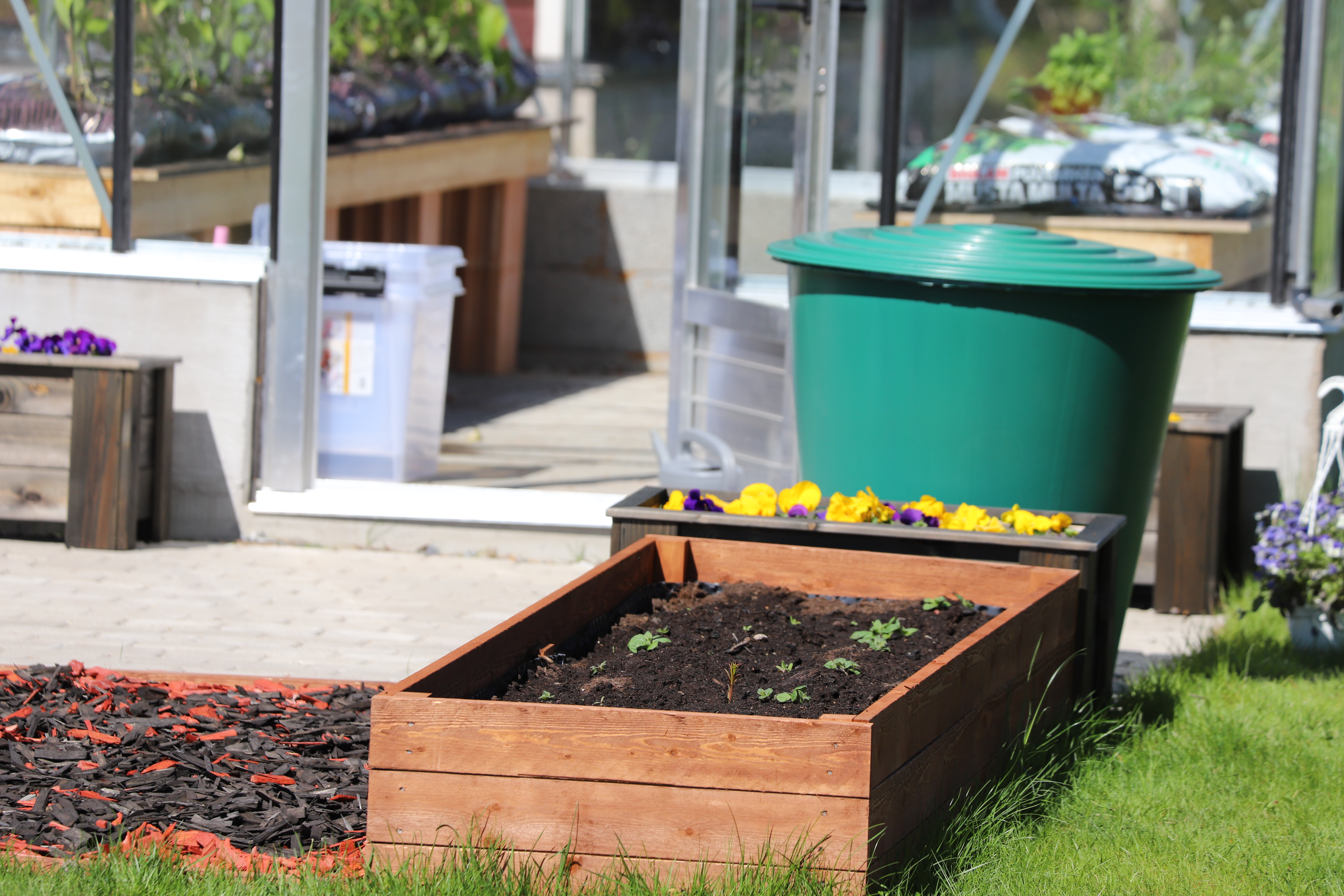
The clients often like to do the task they have learned to do - and they know how to do. The work tasks have naturally been divided into what the clients themselves like to do. The work tasks also vary slightly from season to season. Since all the horses are outside during the summer, there is not much work in the stables themselves. This is why we have a greenhouse, and a few more extra work stations in the summer. “We do simple, not so ‘odd-jobs’ here. But I think everyone likes to be here”. “The point is not to micromanage the clients but to give them a meaningful job. They understand that it is important to bring water to the horses, and so on”.
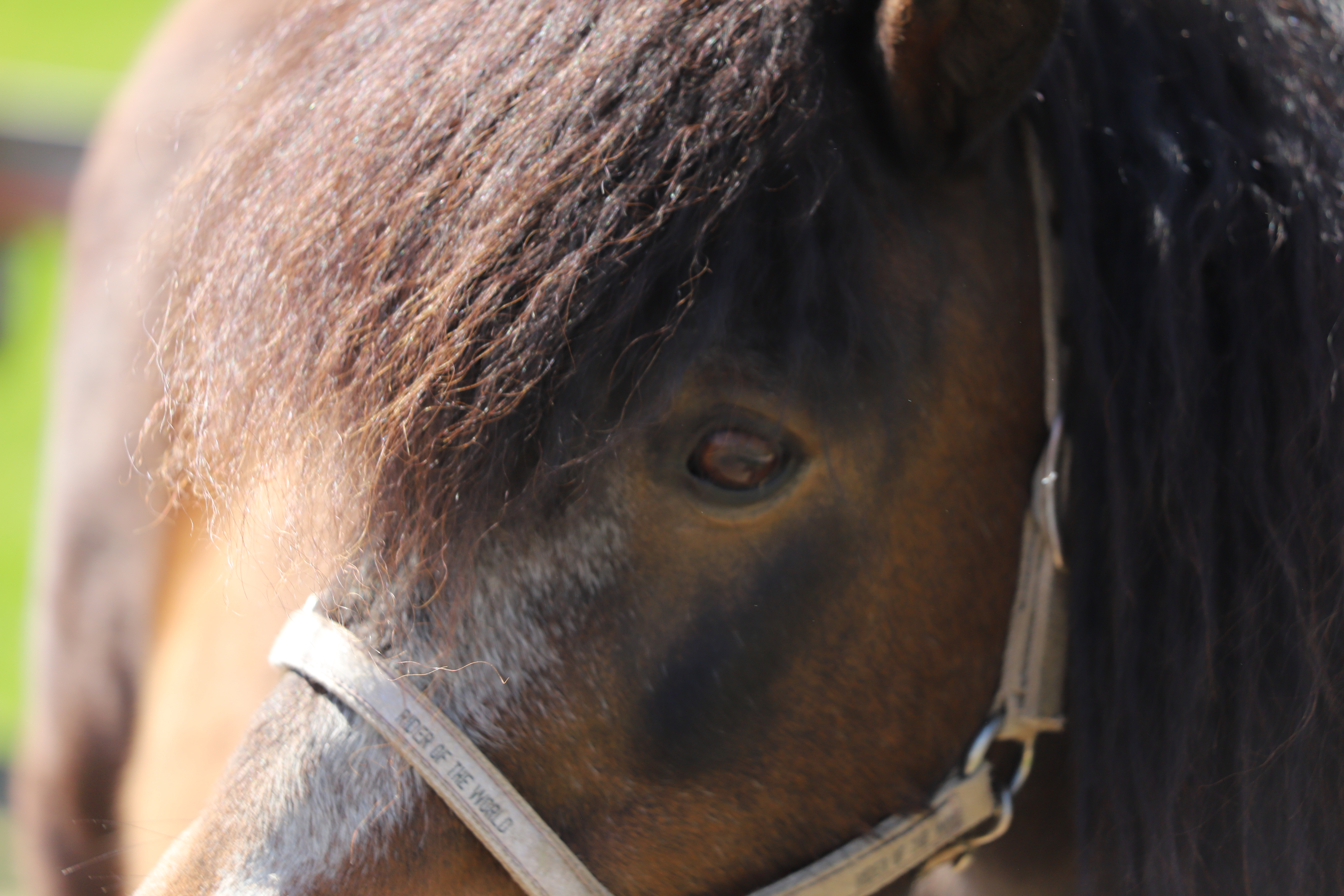
And what about the interaction with the horses? "We have a pony called Hemppa who is perfect," says Annika. “Hemppa is small enough for several clients to groom at the same time”. “If you have a large horse who is not used to it, maybe a feisty cross-breed, dangerous situations may arise,” says Mats, “Hemppa is not so fast in his movements, so he works best. So we might have thought of getting more ponies”. “They often talk to Hemppa, tell him things. Hemppa is the most important.” The most sought-after work task is washing Hemppa.
We also have to meet Hemppa, before we go. He studies us for a bit before turning his attention to the healthy green grass on the other side of the fence. We do a turn through the wood station and the hay station before we leave the stable, and take a peek into the greenhouse. On the edge of the space, there is a brand new fire pit on the edge of the forest. It offers views of the horse pastures. “Everyone was in a really good mood yesterday,” says Mats with a broad smile about the first working day for clients at the stable in Kvikant after a long and different spring.
/Text & Photo: Sara Kåll-Fröjdö & Maria Hofman-Bergholm, Yrkeshögskolan Centria, july 2020
Read more about our visit to Kvikant here (in Swedish)
